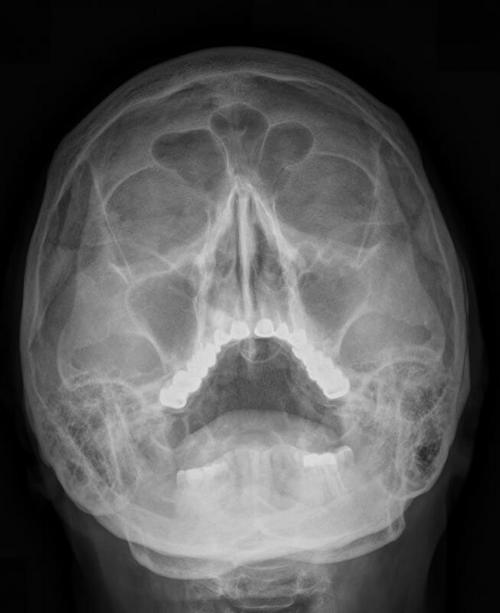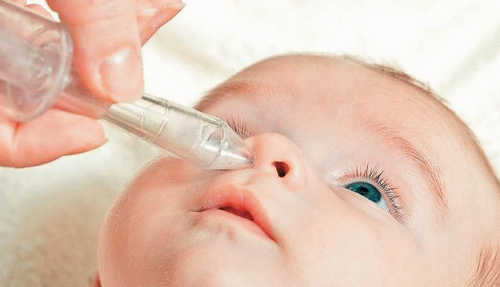X-ray examination is assigned to patients at the first suspicion of the development of the inflammatory process. Is necessarily performed after the diagnosis of facial fractures, head injuries, and children with the purpose of detecting foreign objects.
These symptoms often accompany inflammation of the sinuses that is accompanied by pathological accumulation of fluid. The obtained images are clearly visible accumulations of pus that allows you to set the degree of development of the disease.
Also x-ray doctors use to monitor. In many pathologies requires repeated images of the paranasal sinuses to evaluate treatment outcomes. With insufficient informative value for such a diagnostic purpose CT.
Adults radiography is conducted if there are complaints about:
- discomfort in the nose after a viral infection;
- frequent headaches, aggravated by movement.
- nasal congestion, breathing disorders;
- bleeding;
- lacrimation and photophobia;
- the increase in body temperature for no apparent reason.

Contraindications and side effects of the procedure
The x-rays of the sinuses have a number of contraindications. This diagnostic method is not applied in the examination of children under 5 years of age and pregnant women. The procedure is not really dangerous for the mother, but the radiation provided by the x-ray machine, may affect fetal development.
Children of preschool age is assigned to the x-ray of the paranasal sinuses only on vital indications. The need for procedures prescribed only by a doctor. It is believed that radiation can have effects on development of bone tissue and growth of the baby. In this case, you should assess the possible risks when performing x-rays of the baby’s nose.
What you can see on the images an x-ray?
That can show x-rays of the sinuses?

In diseases of the paranasal cavities on the radiographic images, the doctor can determine:
- The signs of inflammation. The mucosa of the sinuses becomes more dense, clearly shows the level of accumulated exudate.
- Signs of chronic disease. In the pictures is determined by a considerable thickening of the mucosa, reduction of the lumen in the cavity.
- Signs of injury. Clearly visible fractures bone tissue, loose fragments within the sinus, and the displacement of fragments.
- Signs of cystic masses. Beyond the border of the nasal sinuses is defined enlightenment rounded.
- Signs of tumor formation. In the pictures is determined by the tumor in the cavity of the sinus having increased density.
For more accurate information about diseases of the sinuses may conduct radiography of the paranasal sinuses with contrast. The cavity is injected with a special substance, not capable of transmitting radiation in a result of the clearly visible outline of the sinus and the existing irregularities.
How is the procedure?
If the patient received a referral for investigation of sinuses, he should know how to do x-rays. Any special preparation for x-ray study of the sinuses is not required. Restrictions medications no special diet is needed. The only thing – before the procedure the doctor asked to remove all metal objects: dentures, glasses, all kinds of jewelry. Extra things can “overshadow” a required place in the picture, what will prevent the correct diagnosis.
X-ray images of the sinuses are in four projections:
- chin-cranial;
- rear-front projection;
- side;
- the position of the waters.
The x-ray machine equipped with special devices that support the head. This is necessary to secure the patient in the same position. For the rest of the body wear special protective apron, which does not pass radiation.
Examination of the sinuses takes no more than 5-10 minutes. Sometimes you need to wait for the radiologist seen in the quality of the images. Further, the results of the study sent to the description, then the conclusion given to the patient at hand.
How often can I do an x-ray of the paranasal sinuses?
After each radiographic studies of the paranasal sinuses in the patient record the value of the radial load. If the doctor sees that the diagnosis was performed very often, the doctor can prohibit the procedure.
Not to worry for your health, you must know that the maximum permissible dose of radiation a patient is about 150 м3в. And one treatment accounts for approximately 0,12-0,18 м3в. Therefore, even multiple procedures will not be a big health risk.
The advantages and disadvantages of x-rays of the paranasal sinuses
An important advantage of the x-ray of the sinuses is its efficiency, because to take the picture does not need much time. This diagnostic method generally available and inexpensive. It can be used to identify many diseases and pathological conditions.
Despite the simplicity and accessibility of procedure, it has its drawbacks. Since the radiography of the sinuses has contraindications, the use of this method of diagnosis is not always allowed. Using a conventional picture of the sinuses is impossible to identify the spread of the inflammatory process in the direction of the skull. Also x-ray snapshot, you cannot determine the degree of development of the disease, so for more precise diagnosis may require computed tomography.



